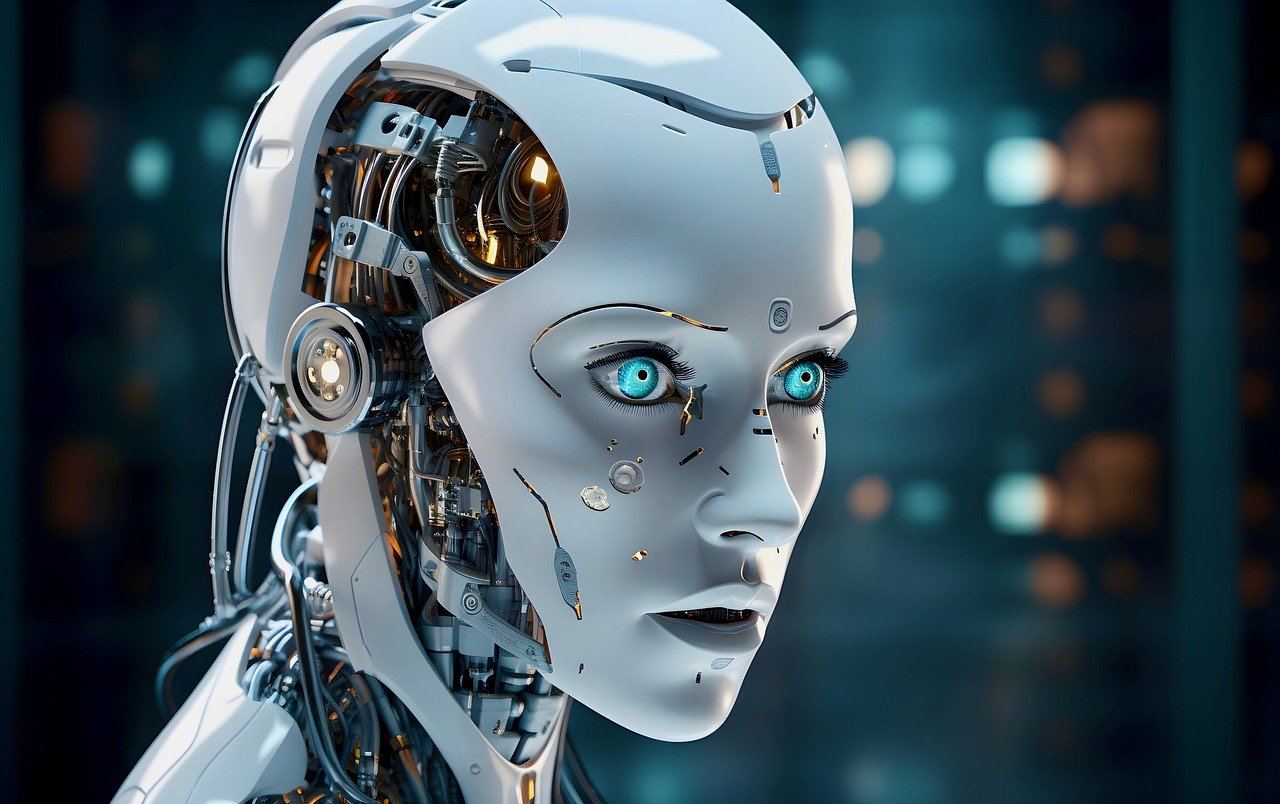
Table of Contents
Artificial Intelligence (AI) has evolved significantly since its inception, shaping the world we live in today. This journey through history showcases the remarkable development of AI, from its conceptual origins to its present-day applications, and hints at the potential it holds for the future.
The Birth of AI
The concept of AI was born in the mid-20th century when pioneers like John McCarthy, Marvin Minsky, Nathaniel Rochester, and Claude Shannon organized the Dartmouth Workshop in 1956. This event marked the formal beginning of AI as a field, bringing together brilliant minds to explore the possibility of creating machines that could mimic human intelligence.
Early Foundations (1950s-1960s)
The early days of AI research were marked by symbolic AI. Researchers developed rule-based systems and expert systems that utilized pre-defined knowledge to perform tasks. This era saw the creation of programs like the Logic Theorist, capable of solving mathematical problems, and the General Problem Solver (GPS), which could find solutions to various problems.
Despite these groundbreaking efforts, progress was slow, and the AI community soon encountered significant challenges. Early AI systems struggled to handle real-world complexity and failed to meet the high expectations set for them.
The AI Winter (1970s-1980s)
The 1970s and 1980s saw two AI “winter” periods, characterized by dwindling funding and a decline in interest. The enthusiasm from the early years waned as AI failed to deliver on its promises. Researchers faced skepticism from funders and the public, which led to a reduced pace of innovation.
The Rise of Machine Learning (1990s)
The 1990s brought a crucial turning point in AI research. Machine learning emerged as a dominant paradigm, allowing systems to learn from data rather than relying solely on pre-programmed rules. This shift paved the way for a resurgence in AI research.
Machine learning algorithms, powered by increasing computational capabilities, began to excel in various tasks. Neural networks, a concept dating back to the 1940s, regained popularity and led to significant breakthroughs in areas like pattern recognition and speech recognition.
AI in the 21st Century:
The 21st century heralded a renaissance in AI. Several factors contributed to this resurgence:
Big Data
The availability of vast amounts of data became a driving force behind AI’s success. Machine learning models could now be trained on extensive datasets, resulting in improved accuracy and capabilities.
Advanced Hardware
The development of powerful Graphics Processing Units (GPUs) and Tensor Processing Units (TPUs) accelerated the training of deep learning models, making complex tasks like image recognition and natural language processing feasible.
Deep Learning
Deep neural networks, particularly convolutional neural networks (CNNs) and recurrent neural networks (RNNs), revolutionized various domains. CNNs excelled in image analysis, while RNNs improved natural language understanding.
AI in Everyday Life
AI became an integral part of our daily lives. Virtual assistants like Siri and Alexa, recommendation systems on platforms like Netflix, and autonomous vehicles showcased AI’s transformative potential. With AI’s growing influence, concerns about ethics, privacy, and bias took center stage. Discussions around responsible AI and the need for regulation gained momentum.
Current and Future Trends
Today, AI is deeply embedded in diverse applications:
Healthcare
AI assists in diagnosis, drug discovery, and personalized treatment plans, significantly improving patient care.
Finance
Algorithmic trading powered by AI algorithms has become prevalent in financial markets, making decisions faster and more accurate.
Autonomous Robotics
Self-driving cars, drones, and industrial robots leverage AI for navigation and decision-making.
Natural Language Processing
Chatbots and language models like GPT-3 (the technology behind this article) are transforming customer service and content generation.
Quantum Computing
Researchers are exploring quantum computing’s potential to solve complex AI problems more efficiently.
Neuromorphic Engineering
Drawing inspiration from the human brain, neuromorphic hardware aims to create AI systems that mimic biological neural networks.
Explainable AI
Efforts are underway to make AI more transparent and interpretable, addressing concerns about AI’s “black box” nature.
As AI continues to advance, the pursuit of Artificial General Intelligence (AGI), machines with human-level intelligence, remains a long-term goal. However, achieving AGI presents formidable challenges, and researchers continue to explore new avenues of AI research to bridge the gap between narrow AI and AGI.
In conclusion
The evolution of AI is a captivating journey from theoretical concepts in the 1950s to the pervasive presence of AI in our lives today. AI’s potential to reshape industries, solve complex problems, and expand the boundaries of human knowledge is awe-inspiring. Yet, it also raises important ethical questions that society must grapple with. The future of AI is undeniably exciting and holds immense potential for both transformative advancements and responsible stewardship.

4 thoughts on “AI’s Unprecedented Rise in 2023! A Tale of Innovation and Inspiration”